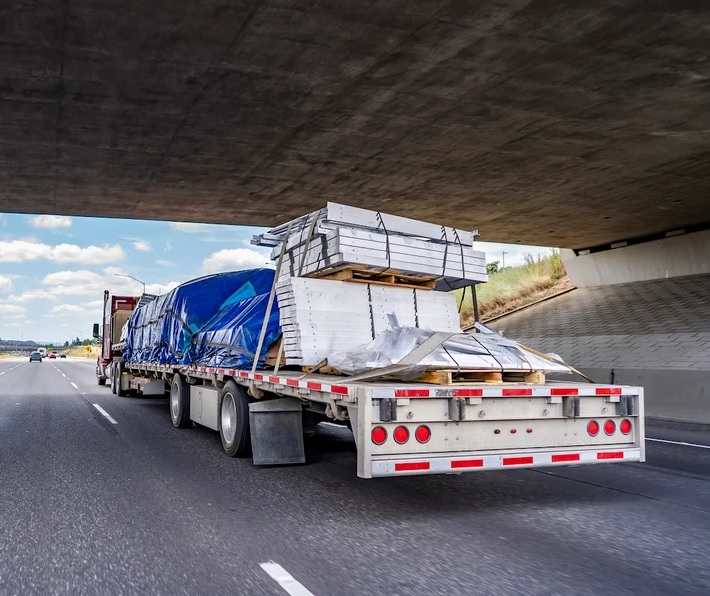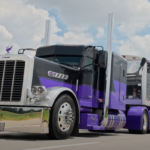Numerous factors, such as severe weather, challenging terrain, and traffic congestion, can lead to cargo becoming dislodged or shifting during transportation. It is crucial to properly secure cargo to safeguard the freight, minimize insurance claims, and, most importantly, ensure the safety of drivers and the general public.
Although not all cargo securement infractions result in vehicles being taken out of service, they ranked as the fourth most common type of violation during the Commercial Vehicle Safety Alliance’s 2023 International Roadcheck, a three-day enforcement campaign in May.
Inadequate cargo securement can lead to out-of-service violations and financial penalties. Moreover, unsecured cargo can potentially fall onto the road, posing a significant risk of harm or even fatalities to other motorists.
Daniel Vega, the Safety Director at Reliance Partners and a former inspector with the Commercial Vehicle Enforcement Bureau, observed that cargo securement problems were prevalent during his tenure as a state trooper. He frequently encountered violations such as insufficient tie-downs for the cargo’s size and weight, as well as a lack of an additional tie-down in cases where the trailer lacked a header board.
While issues with cargo securement are more conspicuous in flatbed operations, they can also occur with other trailer types when items are not loaded and secured correctly, using essential measures like shoring bars and dunnage. Cargo shifting within the trailer can lead to complications for drivers when they open the trailer.
Another common cargo securement violation noted by Vega was drivers failing to properly secure their spare tire.
“You’d be surprised how many tires you’d see on the side of the road on an interstate,” he added.
Vega offers valuable recommendations for carriers and drivers to prevent common cargo securement violations and enhance road safety:
- Enhance Driver Training: Carriers should provide more comprehensive cargo securement training to their drivers. This training should start during driver orientation and continue throughout their employment. Clear company policies and procedures, as well as Federal Motor Carrier Safety Administration regulations, should be emphasized to set proper expectations.
- Pre-Trip Inspection: Drivers play a crucial role in ensuring vehicle safety through their daily pre-trip inspections. They must thoroughly inspect and confirm that the cargo is adequately secured according to the specific requirements of each load.
- En-Route Inspections: Intermittent equipment checks during a journey are vital to ensure the security of tarps, tie-downs, and other cargo-holding equipment. According to 49 CFR 392.9, these inspections must be conducted within the first 50 miles of travel. Additionally, drivers should check their cargo at the earliest of the following: a duty status change, after three hours of driving, or after covering 150 miles or more.
- Post-Trip Securement Check: Once a trip is completed, drivers should double-check the condition and integrity of their tie-downs and tarps. Any damaged or loose components should be replaced before the next journey.
- Don’t Hesitate to Add More Tie-Downs: When in doubt about the number of tie-downs required, it’s advisable to add extra tie-downs. There’s always a minimum requirement for tie-downs, and relying solely on the minimum can lead to out-of-service violations if one of them becomes loose or damaged during inspection. Adding extra tie-downs can enhance cargo security and safety.





